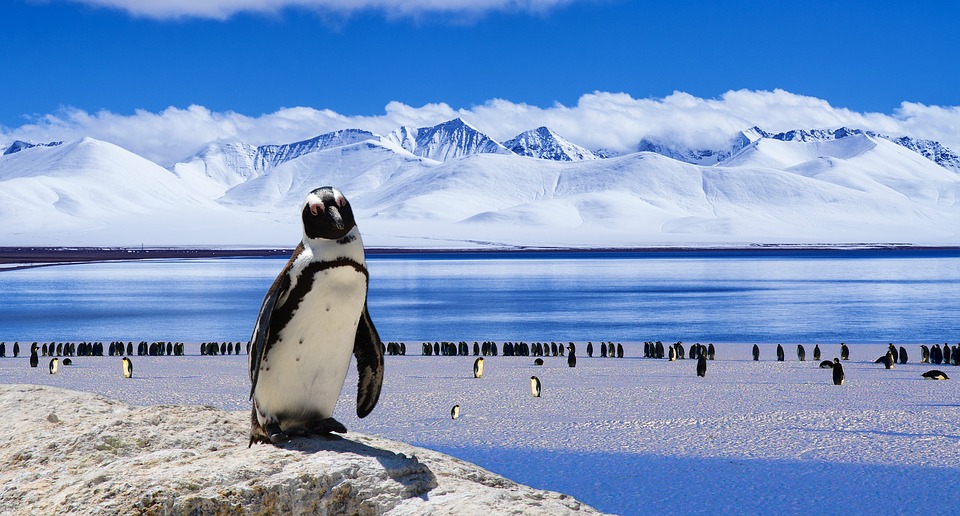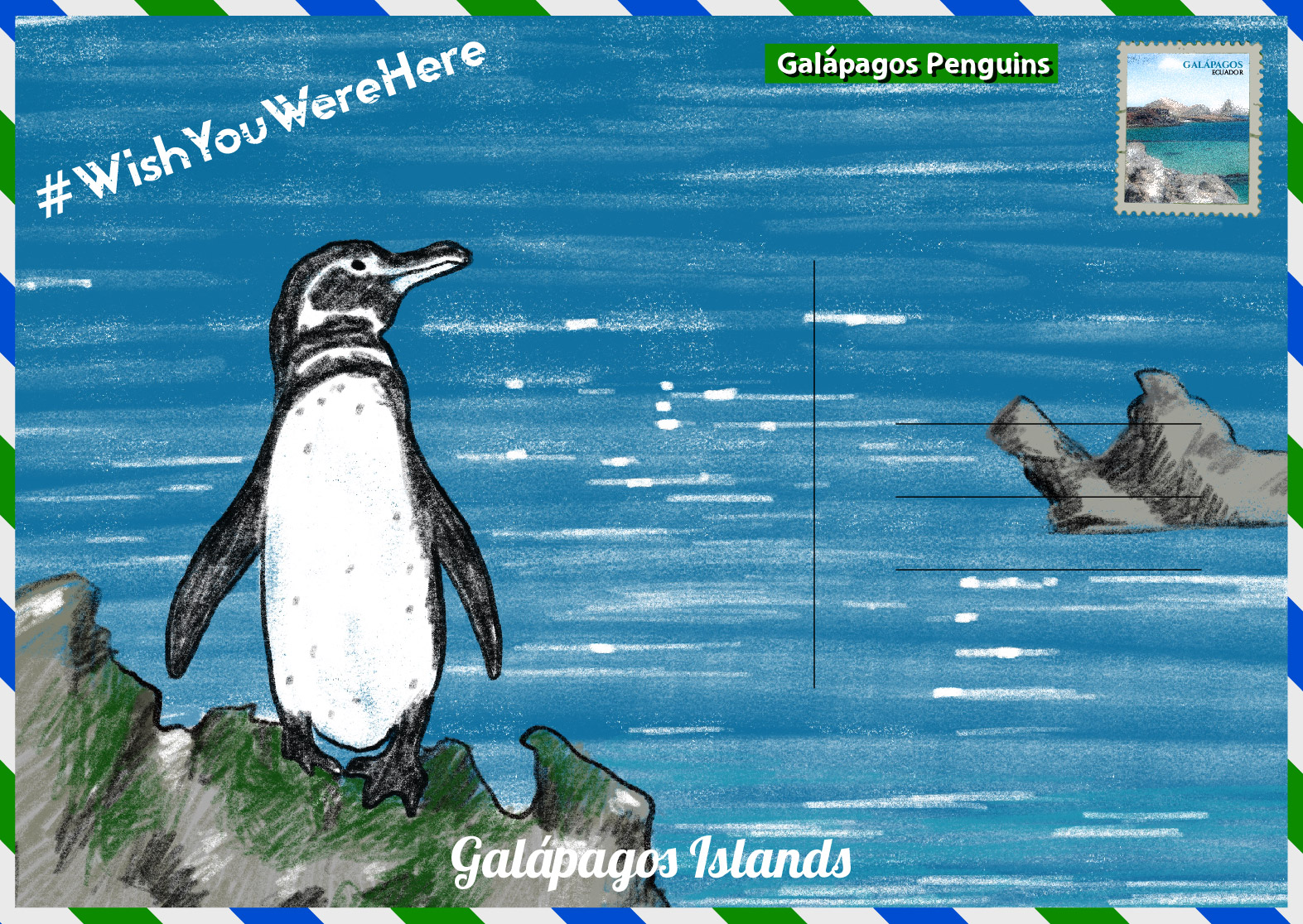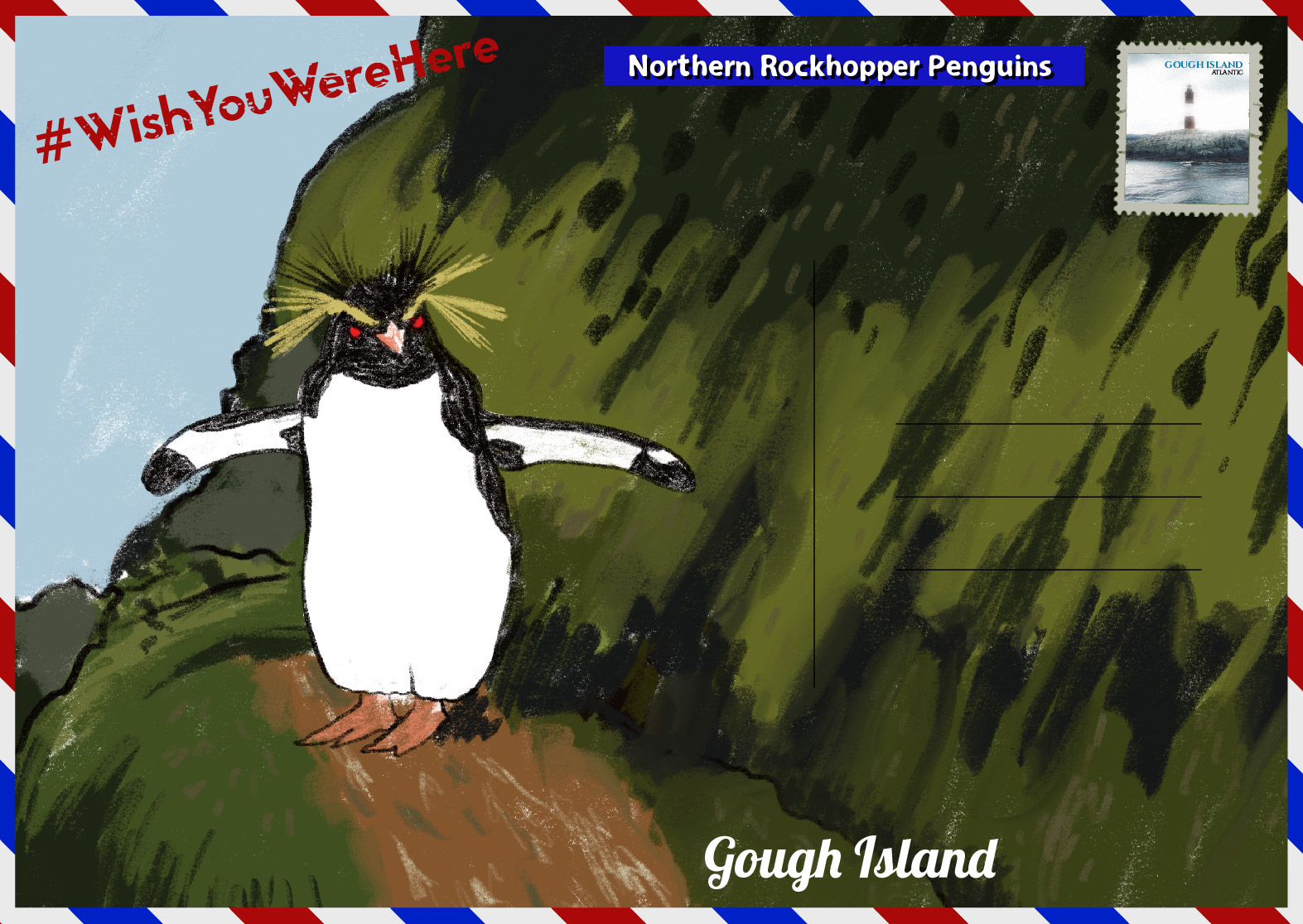
April 25th is World Penguin Day, the perfect time to celebrate one of the world’s most wonderful animals. Here at Latin America Travel Company we love penguins, particularly as many penguin species are native to Latin and Central America.
Seeing penguins while on holiday is an amazing travel experience that is at the top of many bucket lists. However, if you want to experience viewing penguins in real life it is important that you do this in an ethical manner. The best way to see penguins is in their natural habitat. Not only is this far more ethical than viewing penguins in a manufactured environment but it also offers a much better and more authentic experience for you to see these wonderful animals in their natural environments and regular routines.
So, ahead of World Penguin Day we have launched our #WishYouWereHere campaign to promote the importance of viewing penguins in their natural habitats, and to provide information on where you can find penguins in their natural habitats around the world.
Have a look at our series of illustrations below to find out where different penguin species live around the world.
Antarctica
Antarctica is one of the destinations people most commonly associate with penguins. Here you can find emperor penguins and Adelie penguins. The emperor penguin is the tallest and heaviest of all penguins and is endemic to Antarctica. The Adelie penguin is the smallest penguin in the Antarctic and is native only to the Antarctic coast.

Argentina
In Argentina you will find the South American Magellanic penguin. This species of penguin is listed as ‘near threatened’ by the IUCN. Magellanic penguins are medium-sized and can be distinguished by the white band looping around their eye, and two black bands between their head and breast.

Australia
Australia is home to little penguins, also commonly referred to as ‘fairy penguins’. As the name suggests, this is the smallest species of penguin growing to an average of 33cm in height and 43cm in length.

Chile
Like Argentina, the Latin American country of Chile is home to the Magellanic penguin. The Magellanic penguin is named after Ferdinand Magellanic, the explorer who first discovered this penguin species during an expedition in 1519.

Falkland Islands
The Falkland Islands are also home to the Magellanic penguin, as well as gentoo penguins, king penguins and macaroni penguins. Gentoos are a large penguin, that can be recognised by the white stripe across their head and red bill. King penguins are also one of the largest penguins, second only in size to emperor penguins. The macaroni penguin is distinguishable by its yellow crest, which is what gave it its name – in 18th-century England, ‘maccaronism’ was a term used to describe a flamboyant style.

Galápagos Islands
As the name suggests, Galápagos penguins can be found in the Galápagos Islands. The Galápagos Islands is a volcanic archipelago in the Pacific Ocean and is widely considered one of the best places in the world for wildlife viewing. The Galápagos penguin is the only penguin native to north of the equator and in the Galápagos.

Gough Island
Gough island is where you will find the rather funky looking northern rockhopper penguin, which is distinctive by its tasselled crest. The northern rockhopper penguin is an endangered species with the population having declined by 90% between the 1950s to 2009.

New Zealand
New Zealand is home to a variety of penguins, including the Fiordland crested penguin, little penguins, the Snares penguin and the yellow-eyed penguin. The Fiordland crested penguin, Snares penguin and yellow-eyed penguin, are all native only to New Zealand.

South Africa
South Africa is where you will find African penguins, which are also known as jackass penguins and black-footed penguins. This species of penguin resides only in South Africa. Once a highly populous species of penguin, this species is now rapidly declining and is classified as endangered.

South Sandwich Islands
The South Sandwich Islands is home to gentoo penguins, macaroni penguins and chinstrap penguins. The chinstrap penguin is identifiable by the narrow black band under its head, which lends this species its name. Other names commonly used for the chinstrap penguin are ringed penguin, bearded penguin and stonecracker penguin.

Wherever you are travelling to, we hope that this information will help you have an incredible and ethical wildlife travel experience.
Have a look at our Latin America tours for more inspiration for your next trip.
